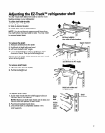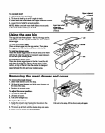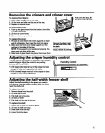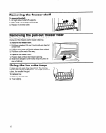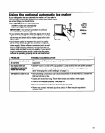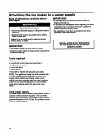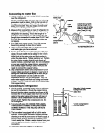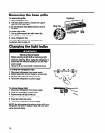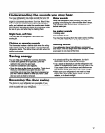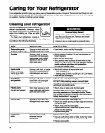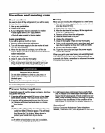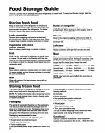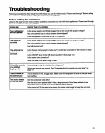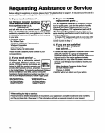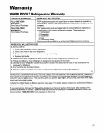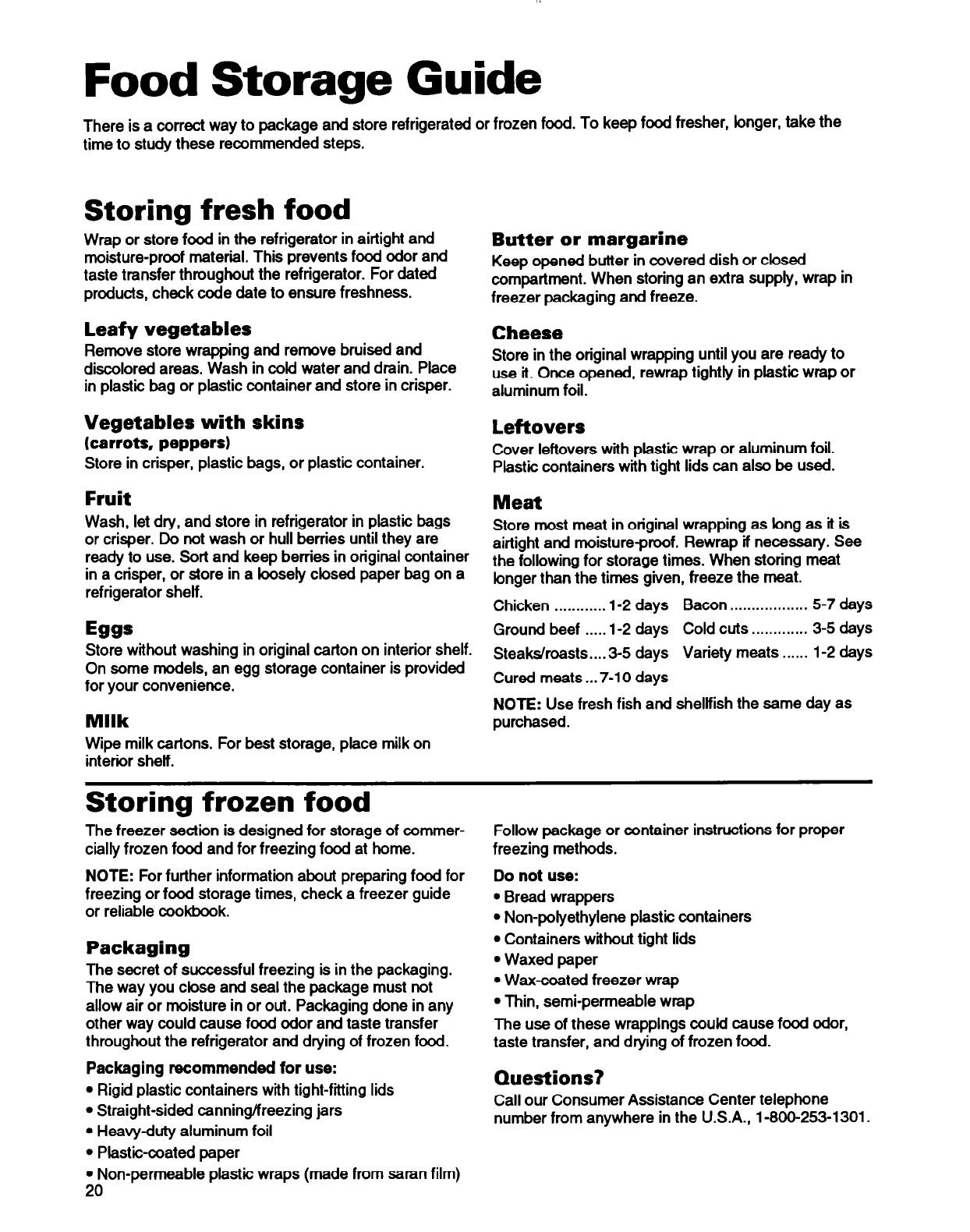
Food Storage Guide
There is a correct way to package and store refrigerated or frozen food. To keep food fresher, longer, take the
time to study these recommended steps.
Storing fresh food
Wrap or store food in the refrigerator in airtight and
moisture-proof material. This prevents food odor and
taste transfer throughout the refrigerator. For dated
products, check code date to ensure freshness.
Leafy vegetables
Remove store wrapping and remove bruised and
discolored areas. Wash in cold water and drain. Place
in plastic bag or plastic container and store in crisper.
Vegetables with skins
(carrots, peppers)
Store in crisper, plastic bags, or plastic container.
Fruit
Wash, let dry, and store in refrigerator in plastic bags
or crisper. Do not wash or hull berries until they are
ready to use. Sort and keep berries in original container
in a crisper, or store in a loosely closed paper bag on a
refrigerator shelf.
Eggs
Store without washing in original carton on interior shelf.
On some models, an egg storage container is provided
for your convenience.
Milk
Wipe milk cartons. For best storage, place milk on
interior shelf.
Butter or margarine
Keep opened butter in covered dish or closed
compartment. When storing an extra supply, wrap in
freezer packaging and freeze.
Cheese
Store in the original wrapping until you are ready to
use it. Once opened, rewrap tightly in plastic wrap or
aluminum foil.
Leftovers
Cover leftovers with plastic wrap or aluminum foil.
Plastic containers with tight lids can also be used.
Meat
Store most meat in original wrapping as long as it is
airtight and moisture-proof. Rewrap if necessary. See
the following for storage times. When storing meat
longer than the times given, freeze the meat.
Chicken
. . . . . . . . . . . . l-2 days
Bacon . . . . . . . . . . . . . . . . . .
5-7 days
Ground beef
. . . . . l-2 days
Cold cuts . . . . . . . . . . . . . 3-5 days
Steaks’roasts . . . . 3-5 days
Variety meats . . . . . . l-2 days
Cured meats . . . 7-l 0 days
NOTE:
Use fresh fish and shellfish the same day as
purchased.
Storing frozen food
The freezer section is designed for storage of wmmer-
cially frozen food and for freezing food at home.
NOTE:
For further information about preparing food for
freezing or food storage times, check a freezer guide
or reliable cookbook.
Packaging
The secret of successful freezing is in the packaging.
The way you close and seal the package must not
allow air or moisture in or out. Packaging done in any
other way could cause food odor and taste transfer
throughout the refrigerator and drying of frozen food.
Packaging
recommended for use:
l
Rigid plastic containers with tight-fitting lids
l
Straight-sided canning/freezing jars
l
Heavy-duty aluminum foil
l
Plastic-coated paper
l
Non-permeable plastic wraps (made from Saran film)
20
Follow package or wntainer instructions for proper
freezing methods.
Do
not use:
l
Bread wrappers
l
Non-polyethylene plastic containers
l
Containers without tight lids
l
Waxed paper
l
Wax-coated freezer wrap
l
Thin, semi-permeable wrap
The use of these wrappings could cause food odor,
taste transfer, and drying of frozen food.
Questions?
Call our Consumer Assistance Center telephone
number from anywhere in the U.S.A., 1-800-253-1301.



